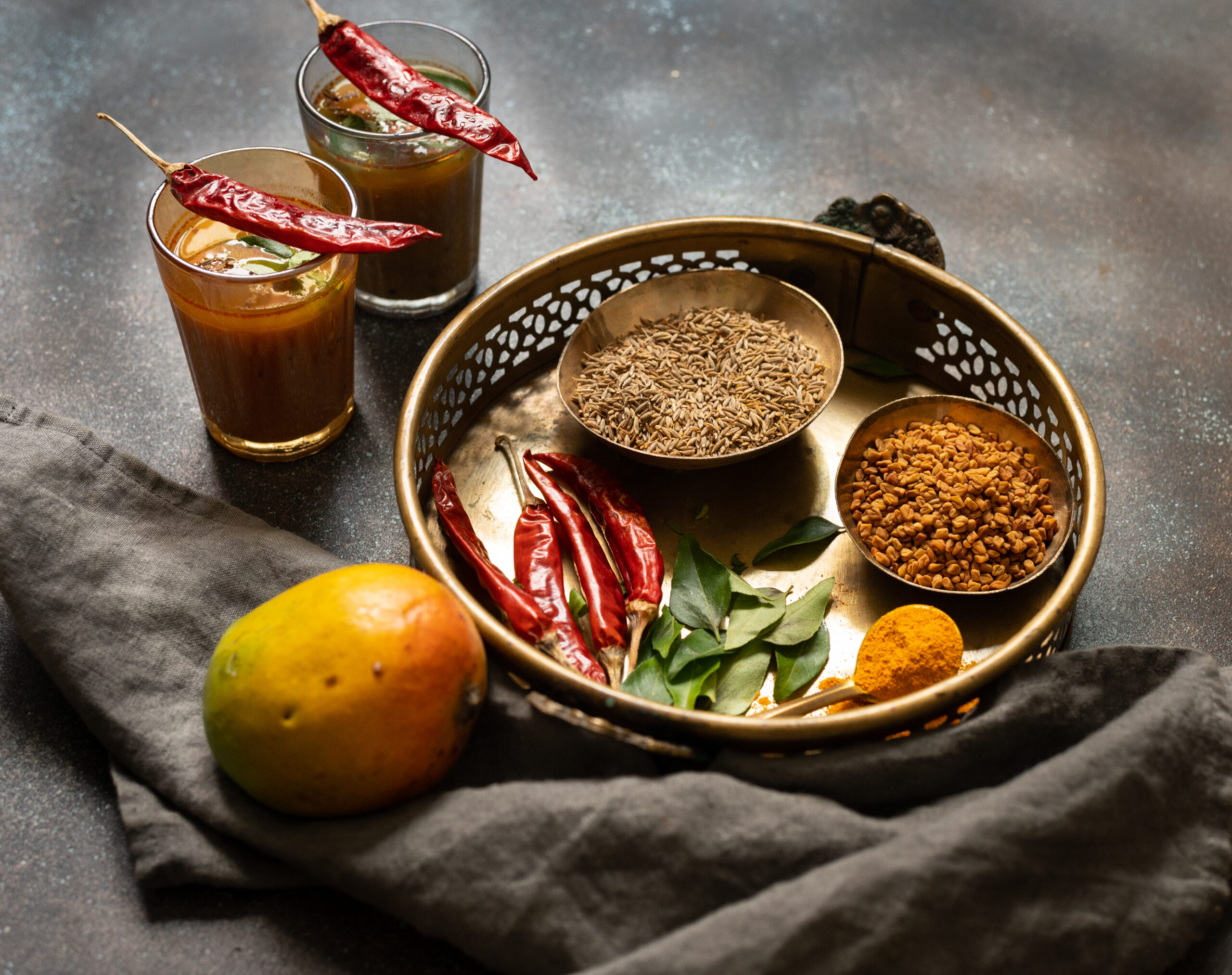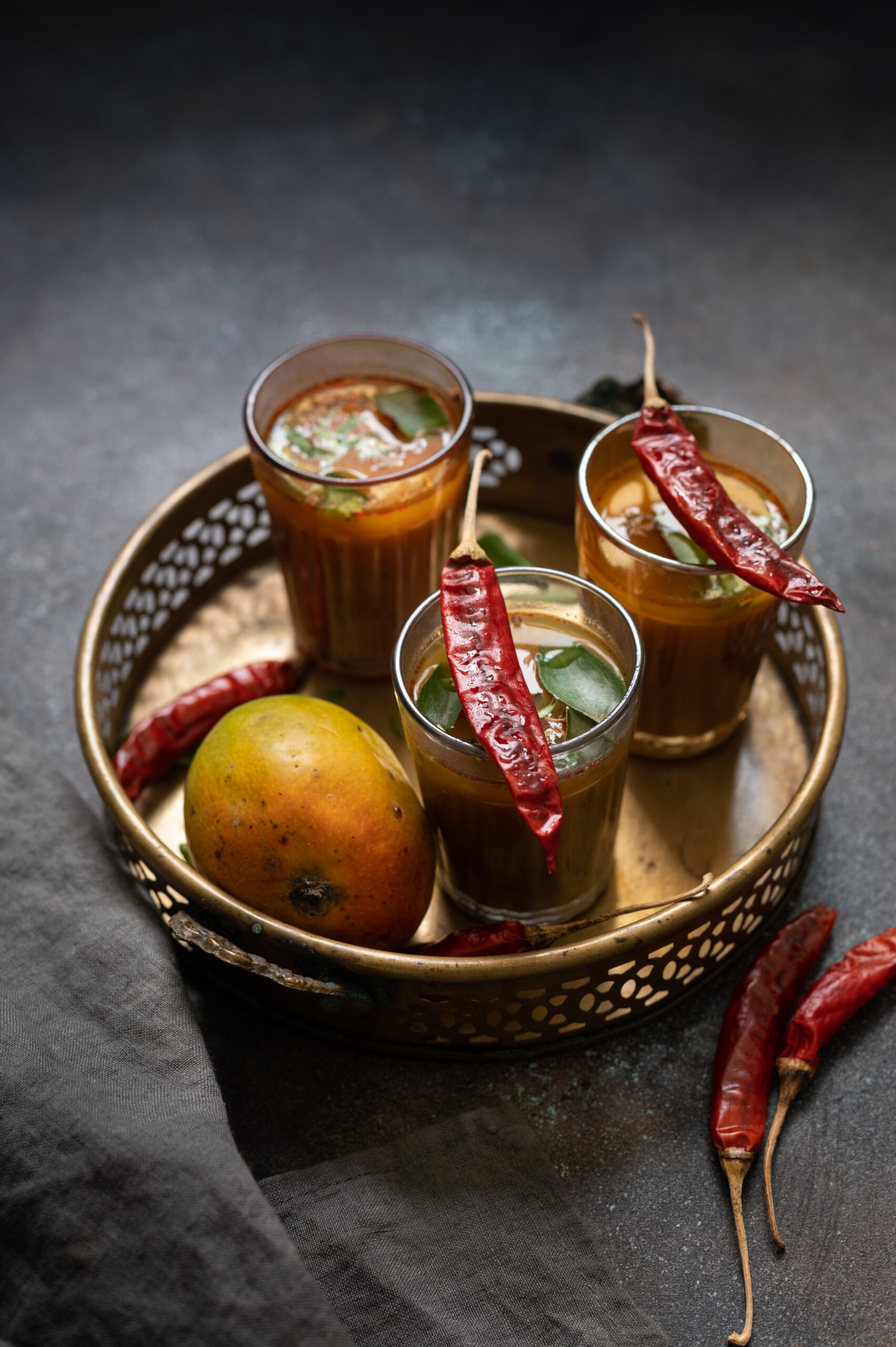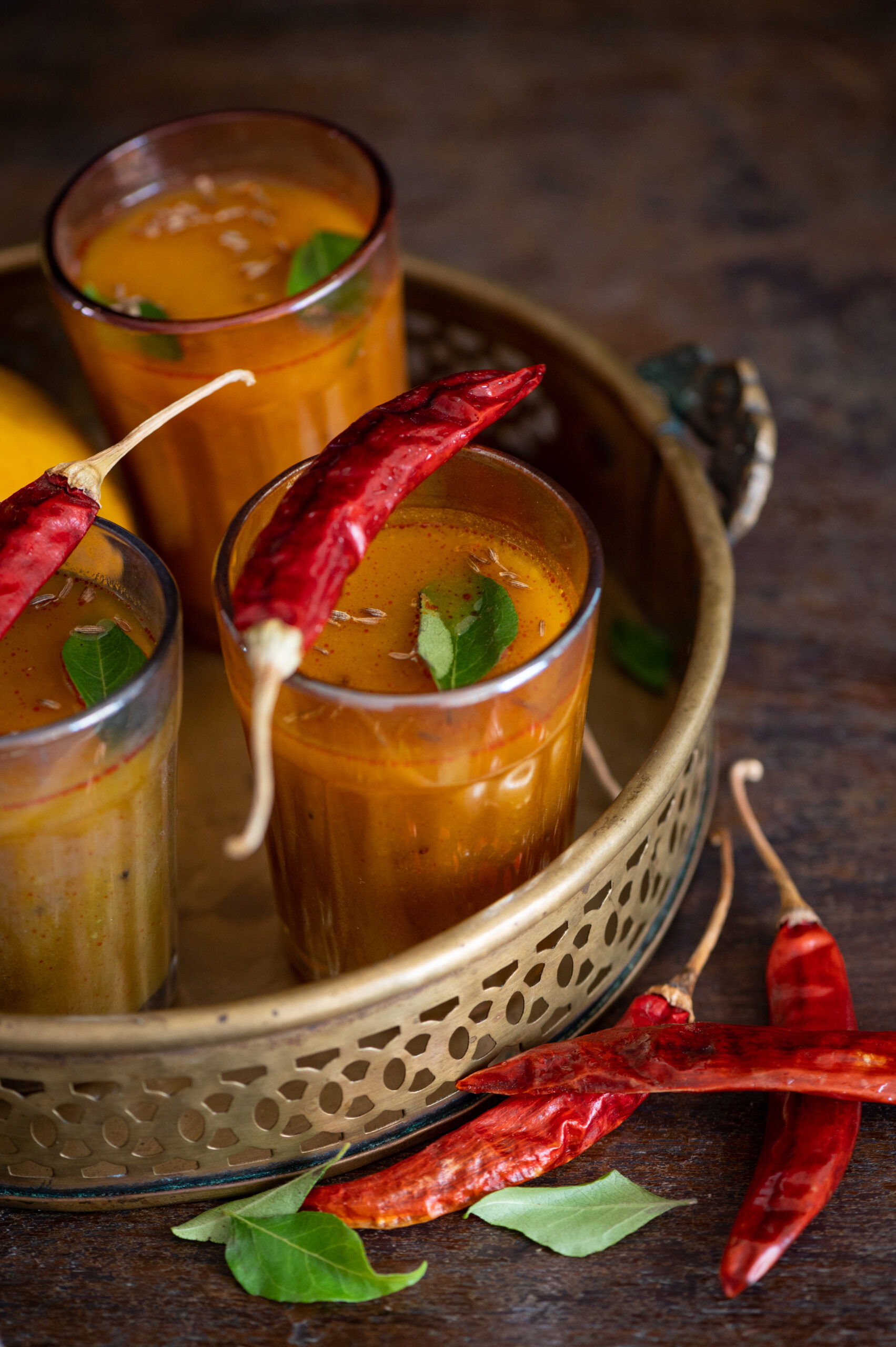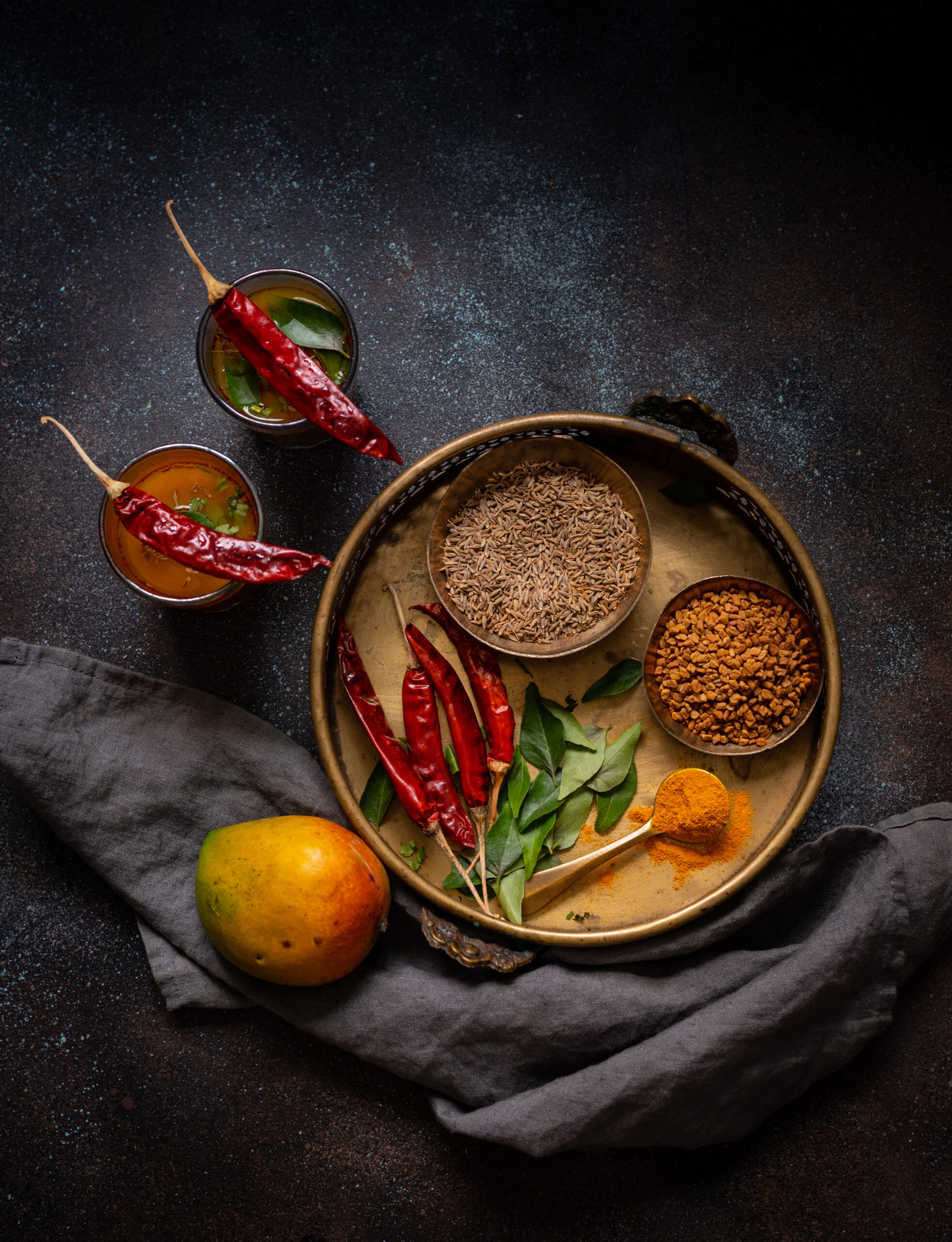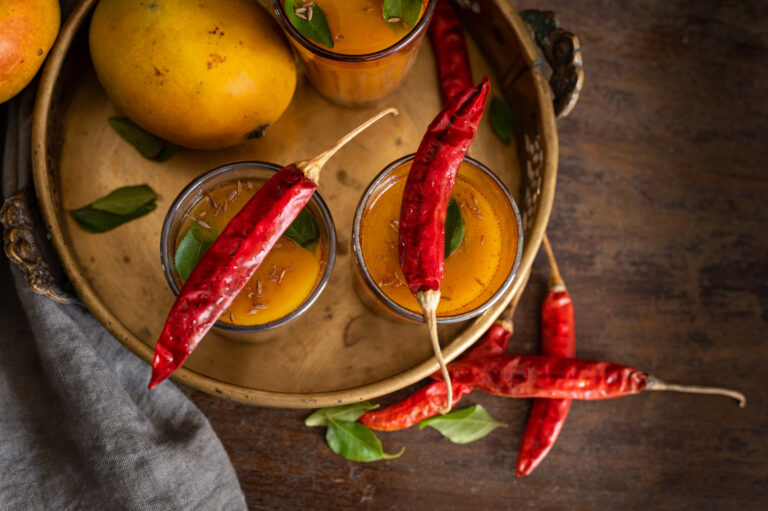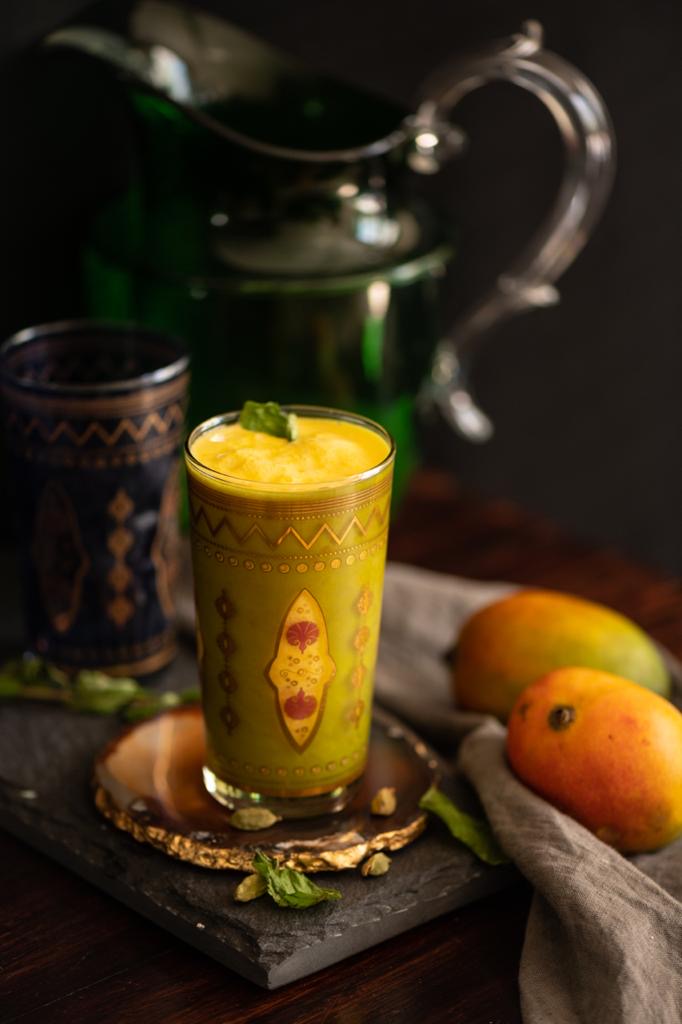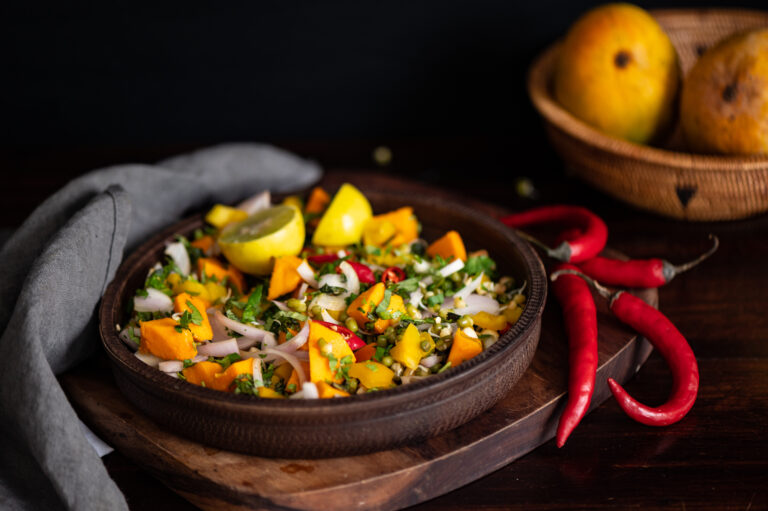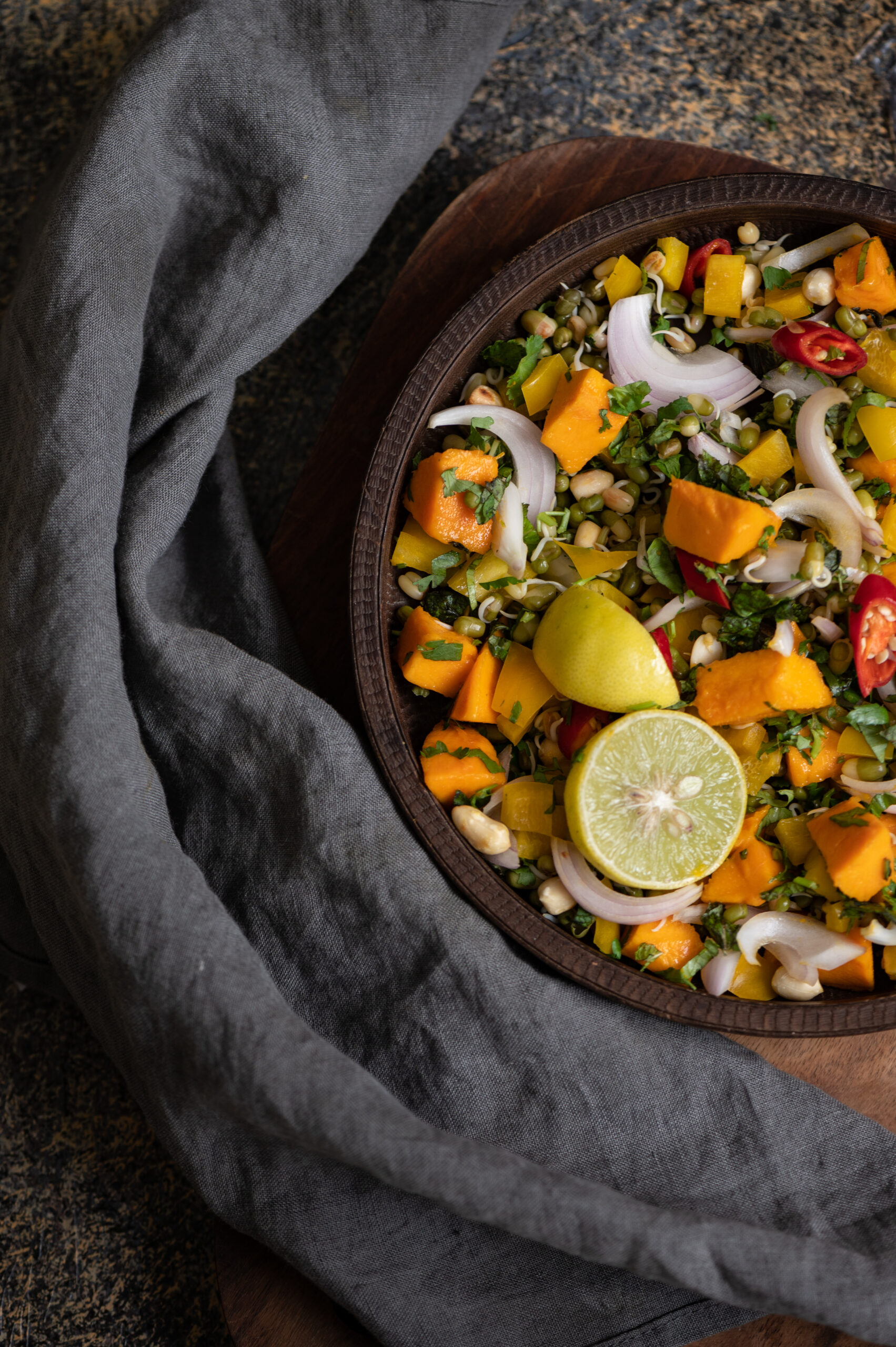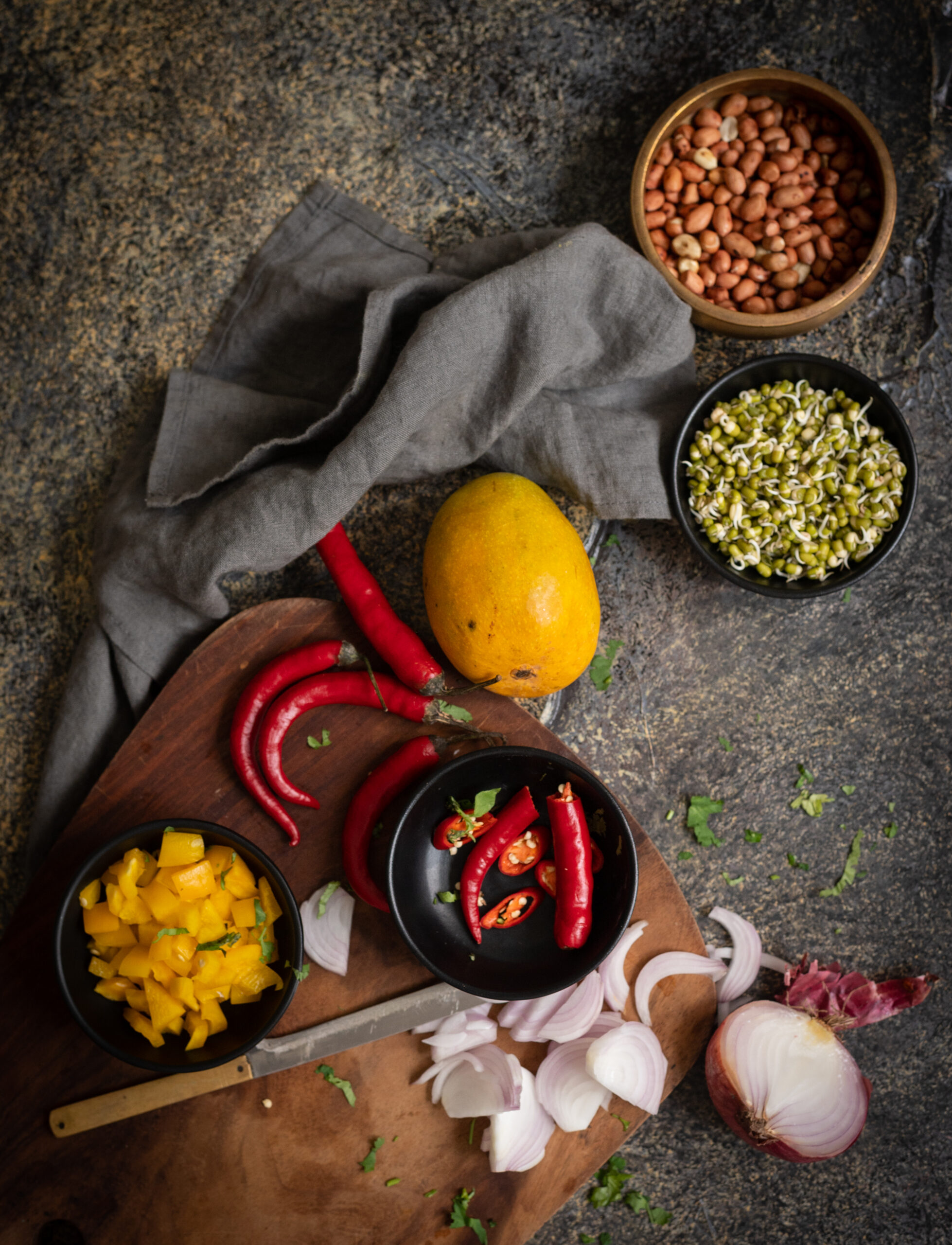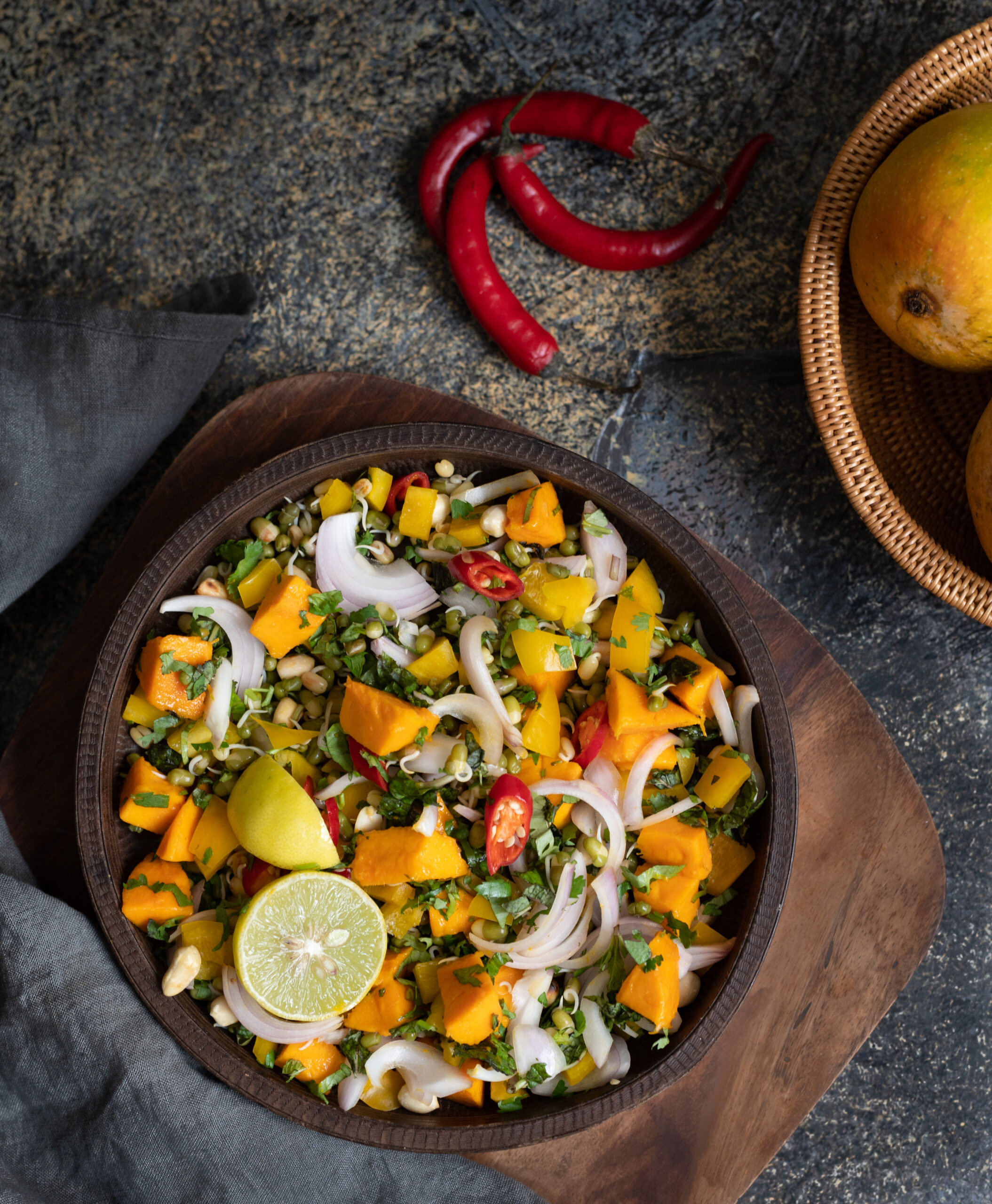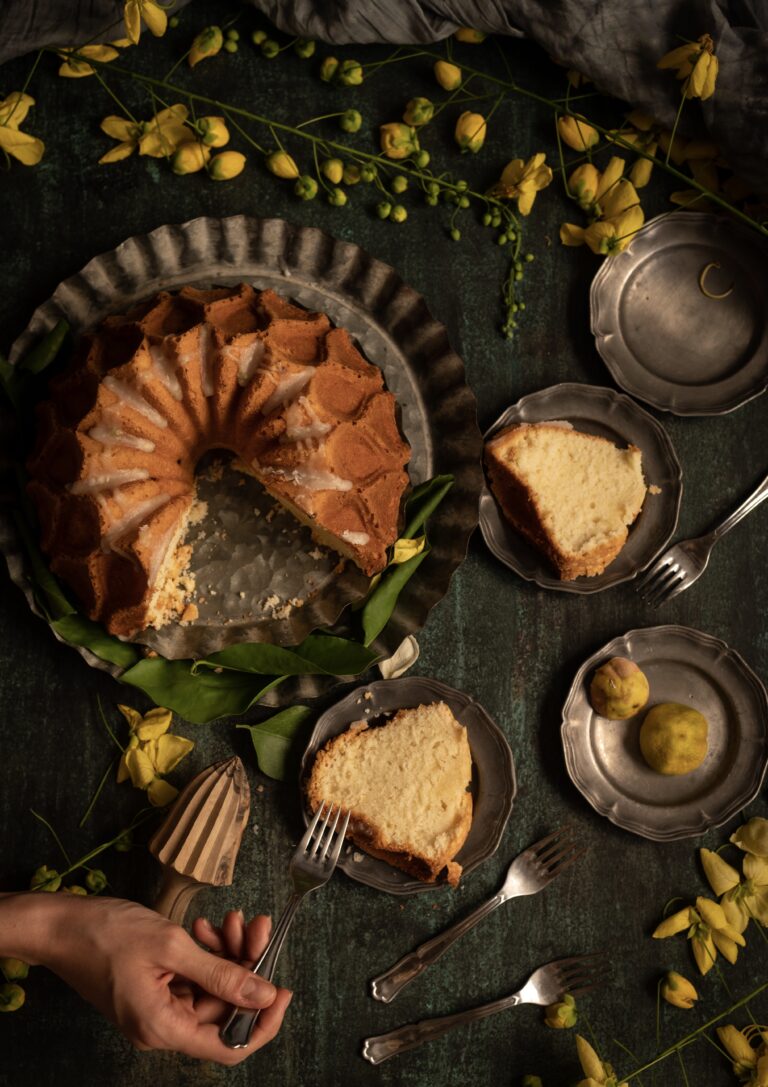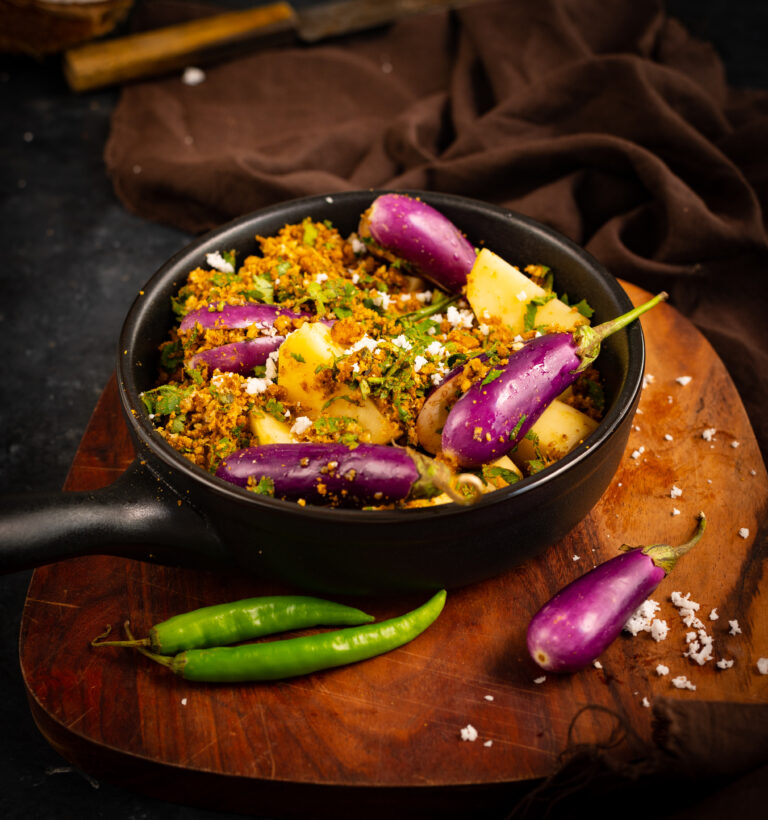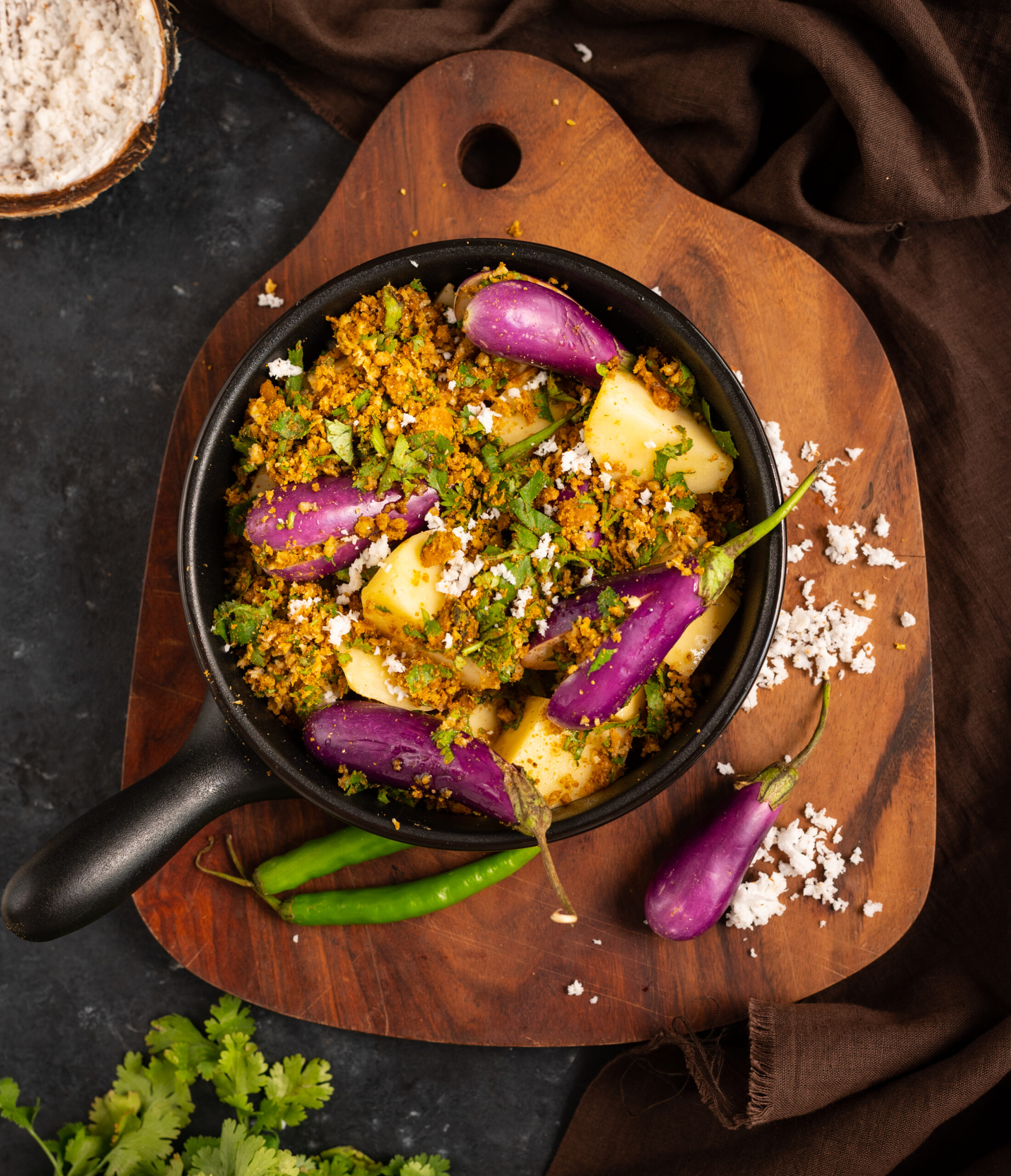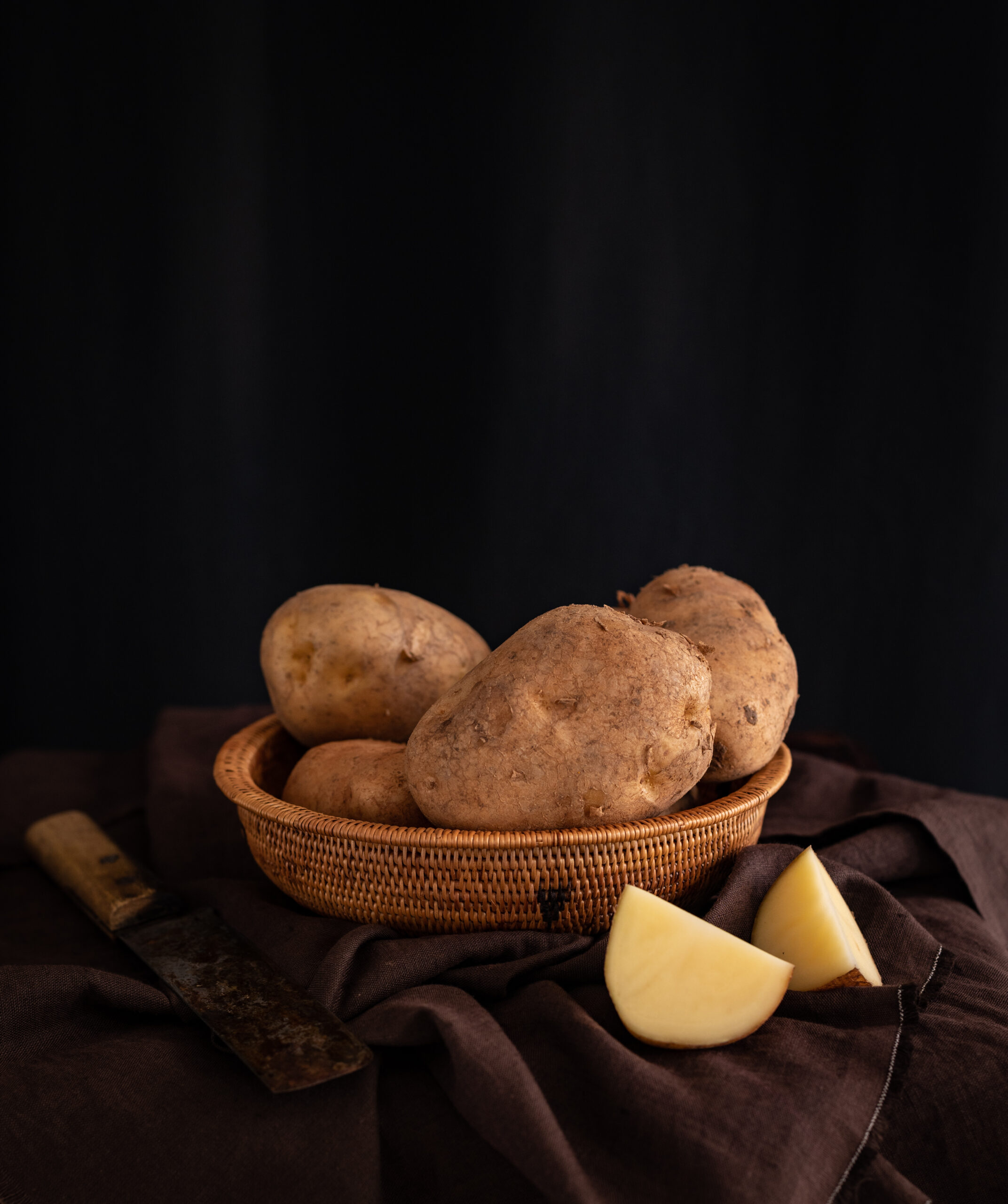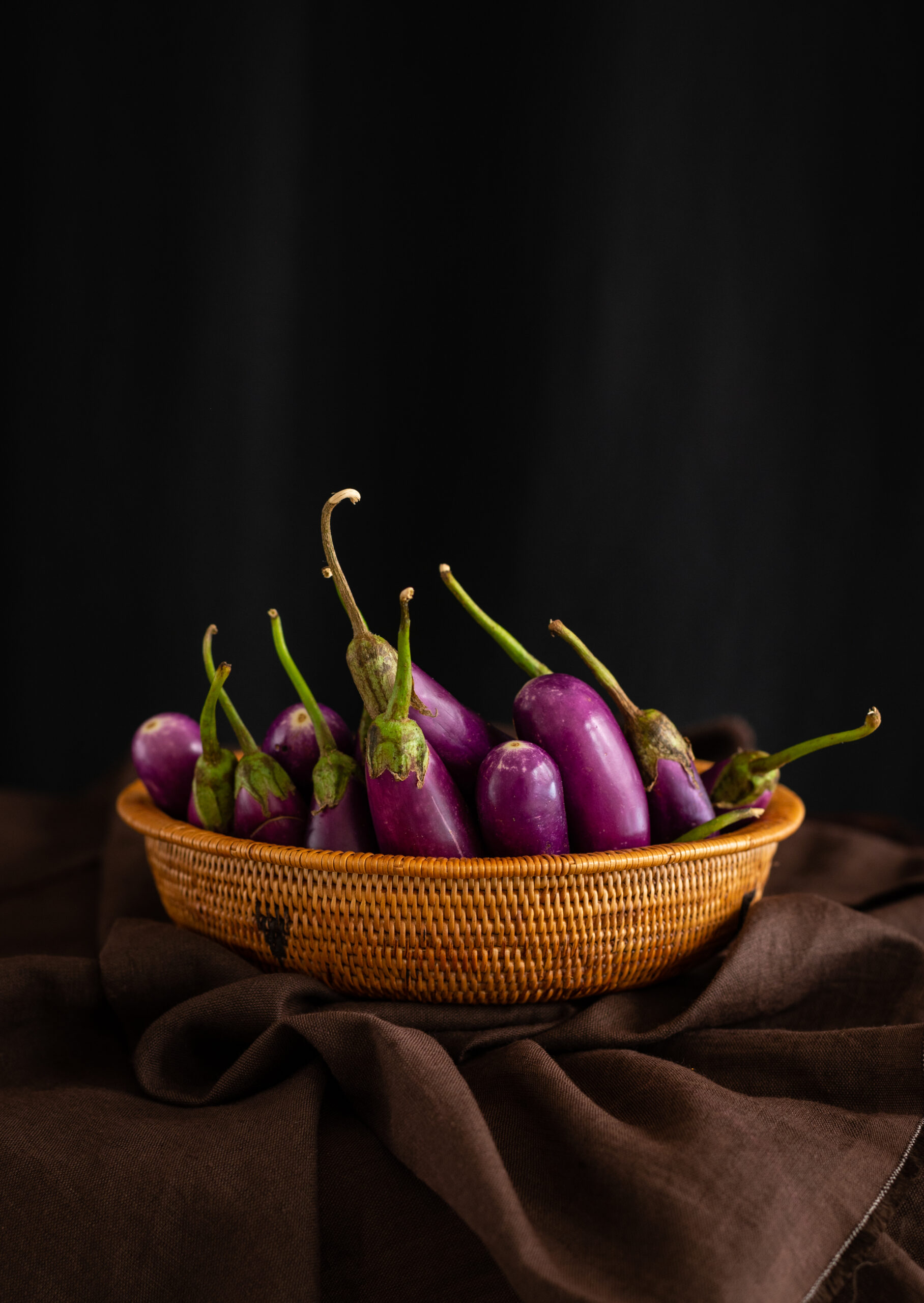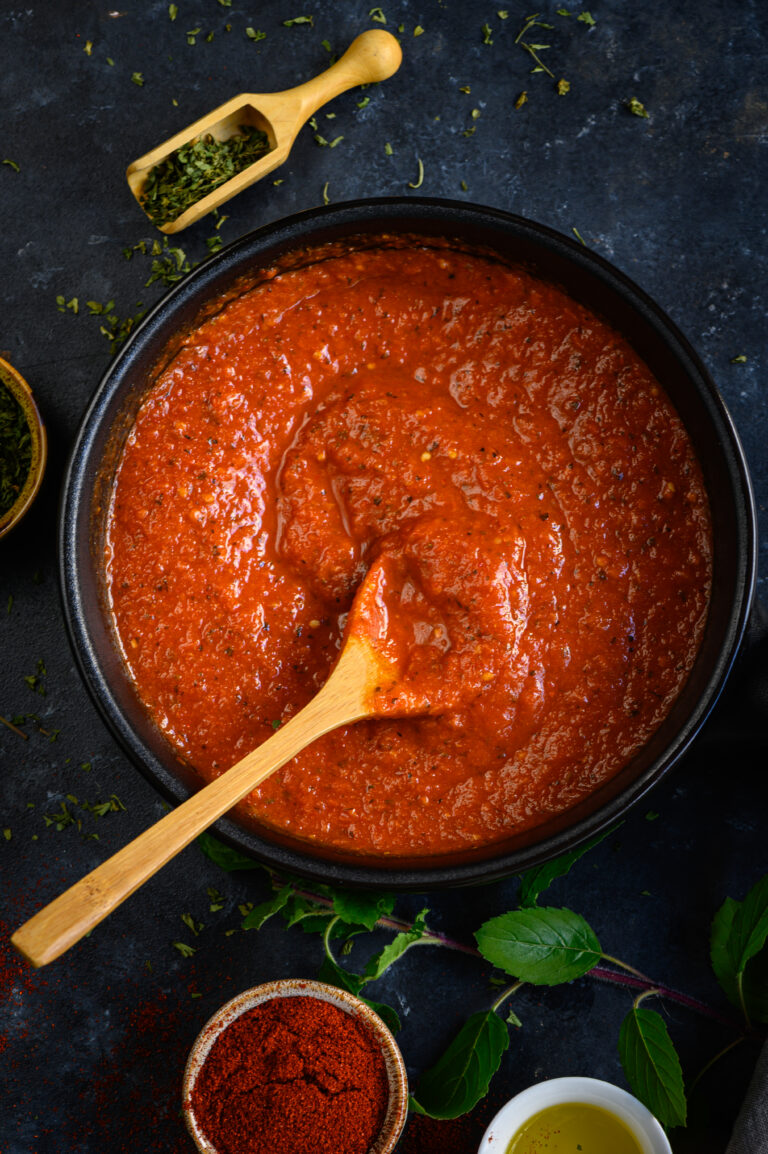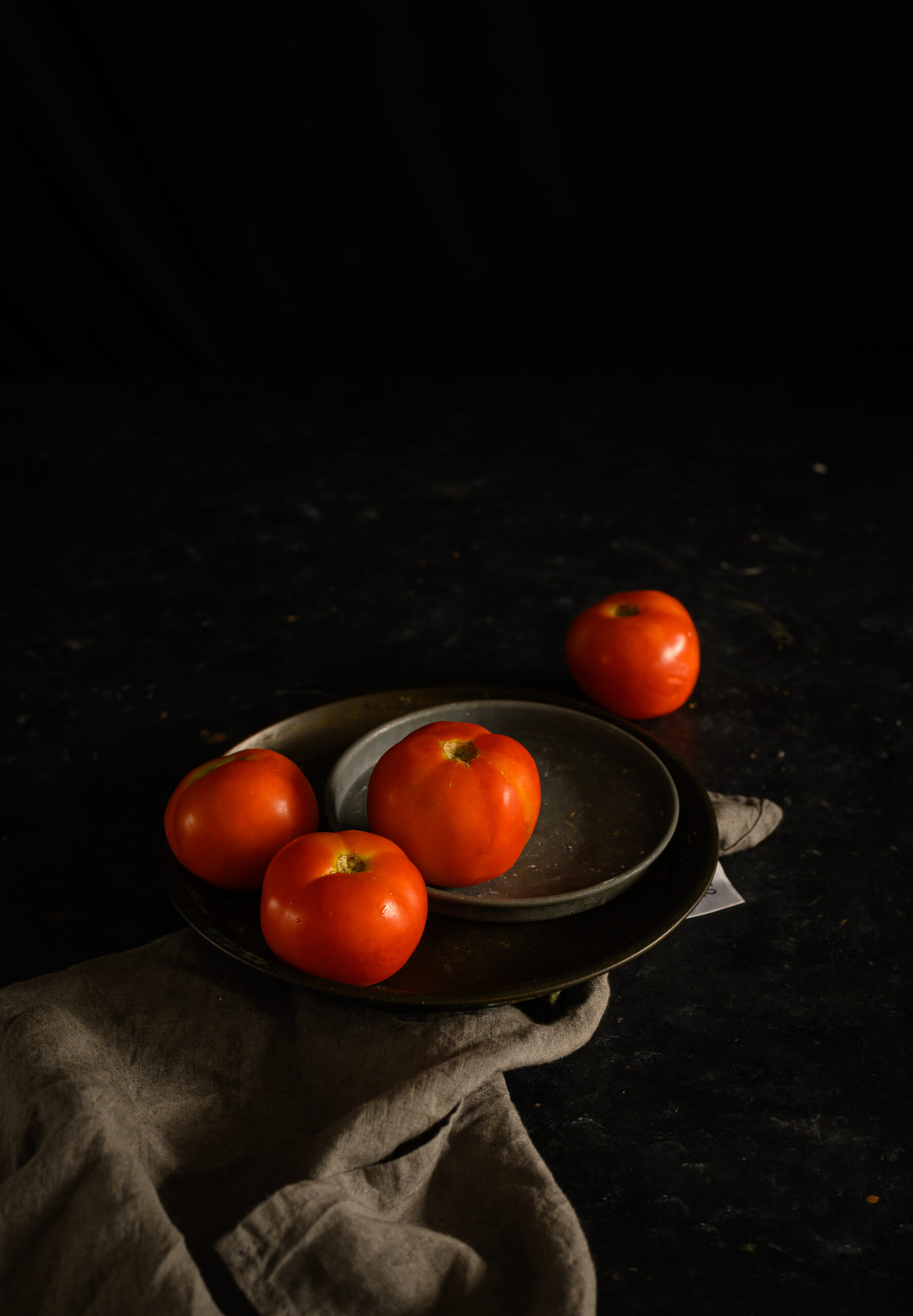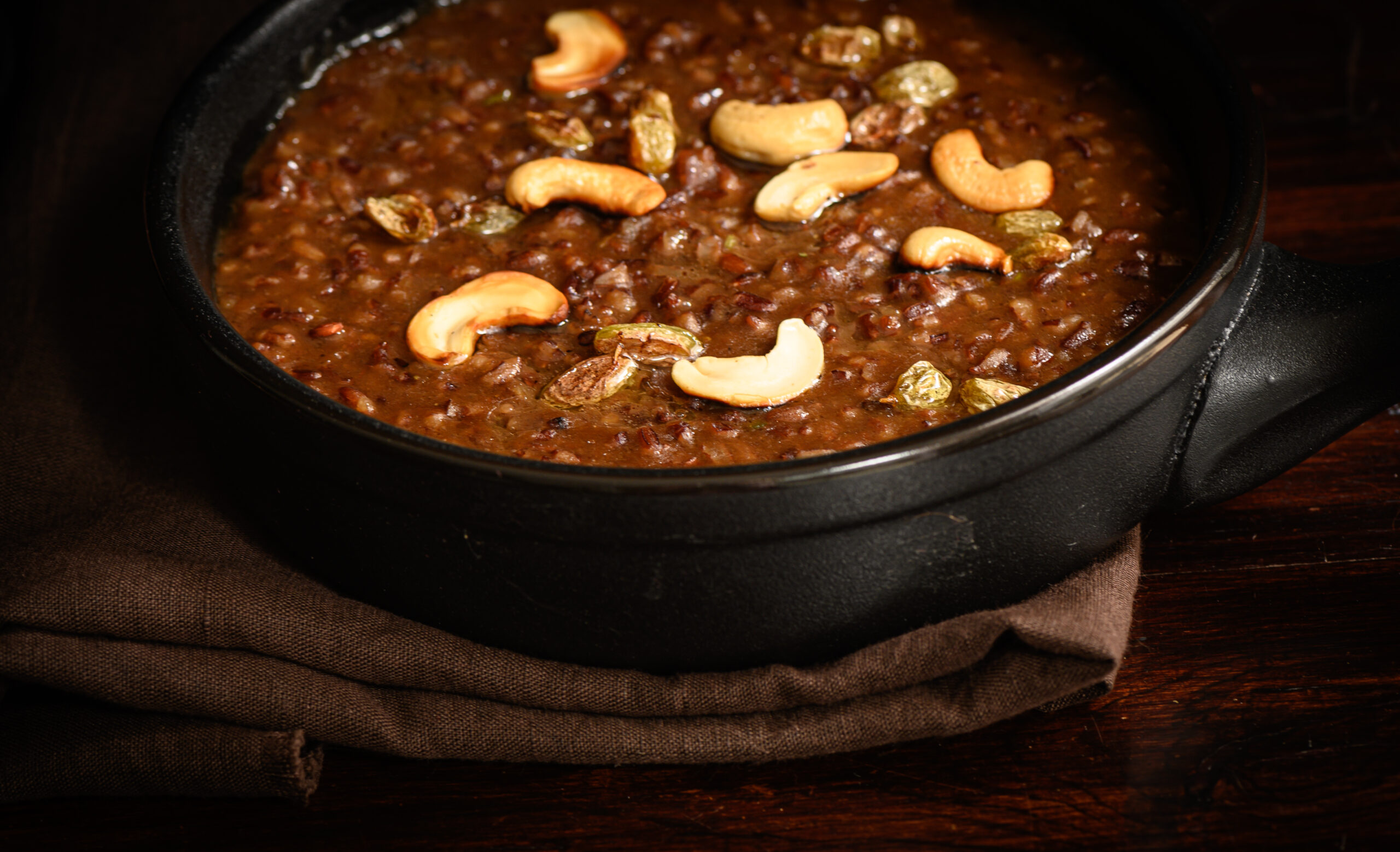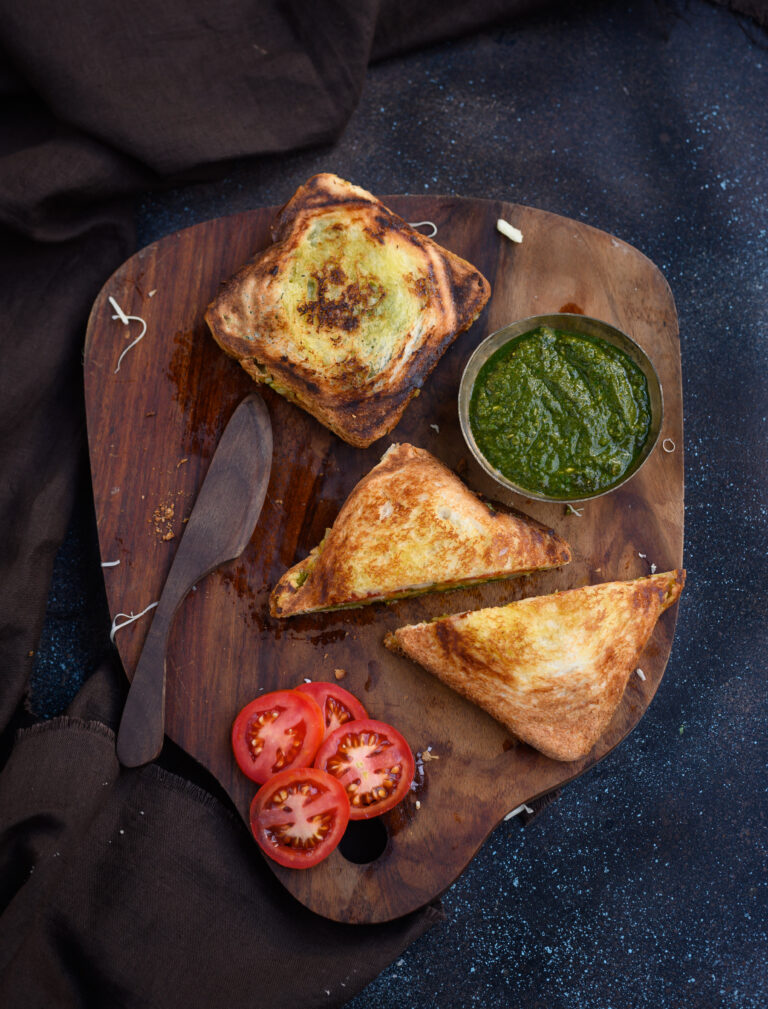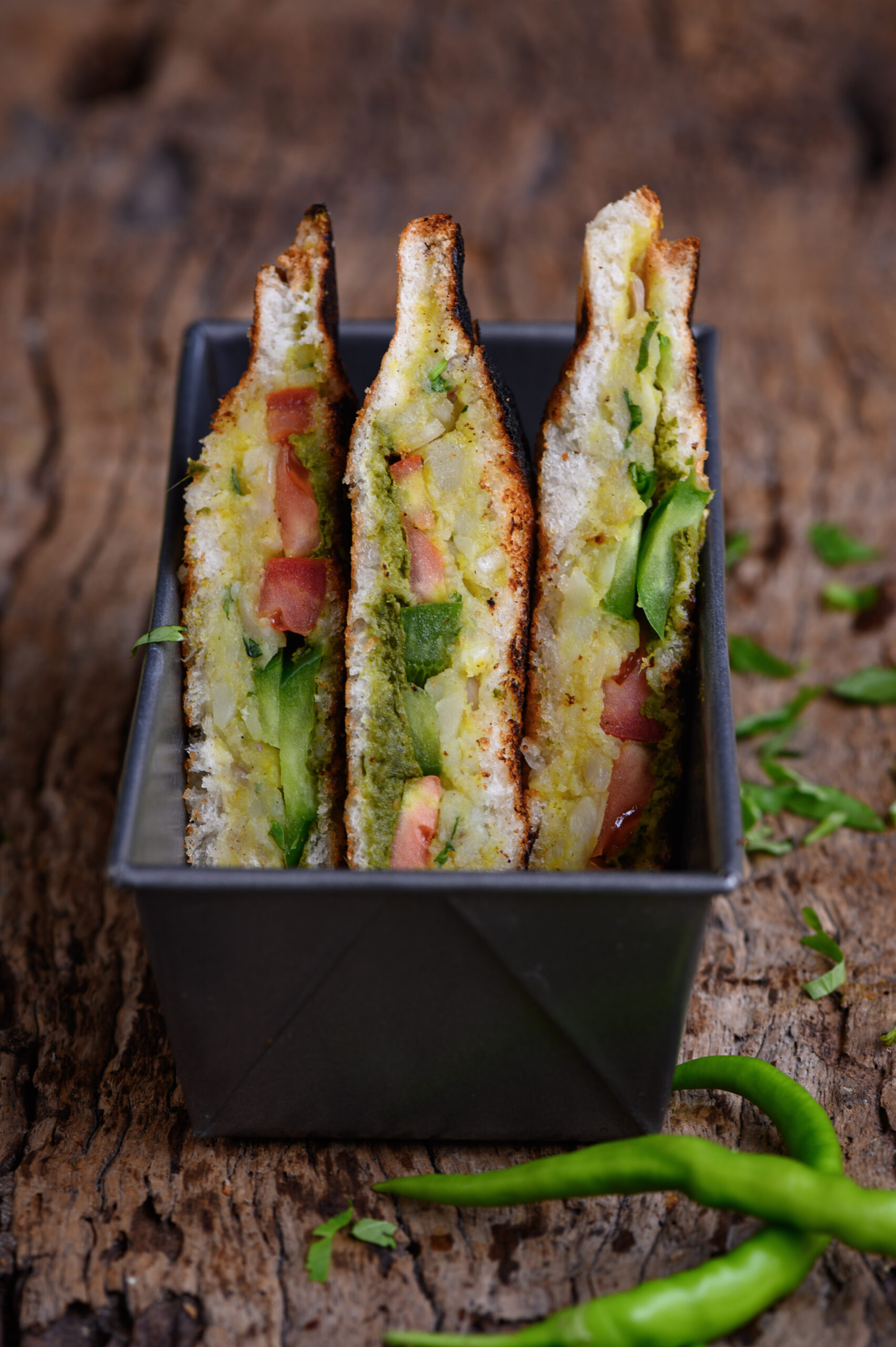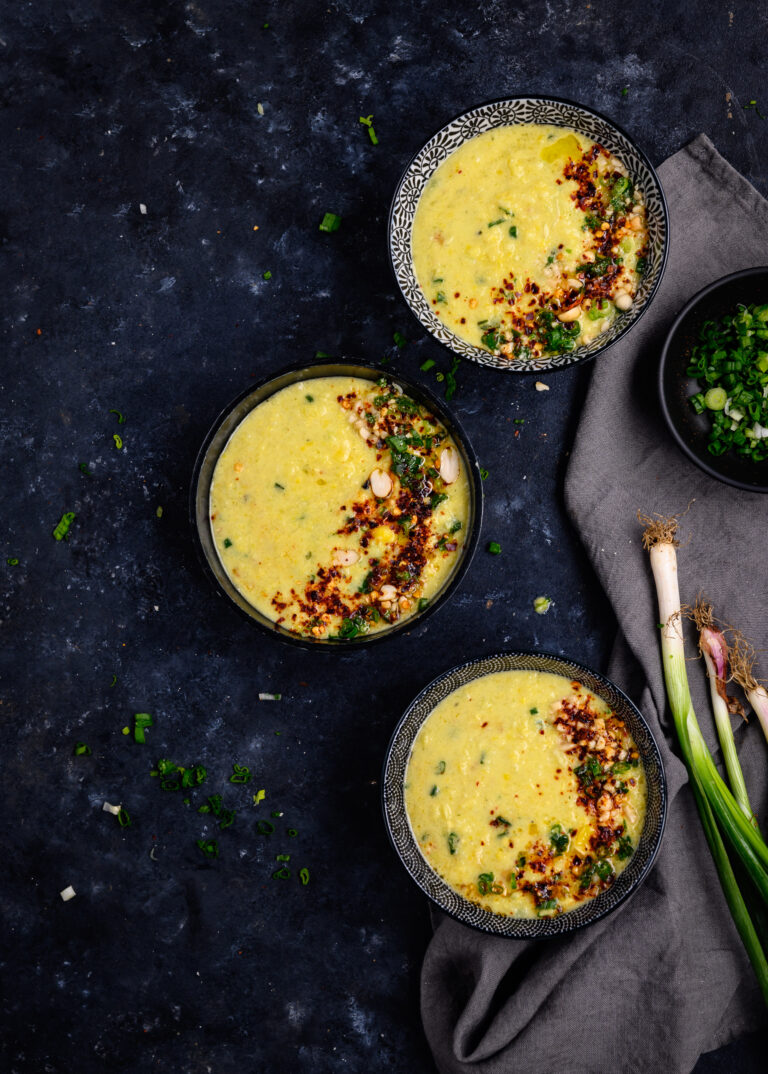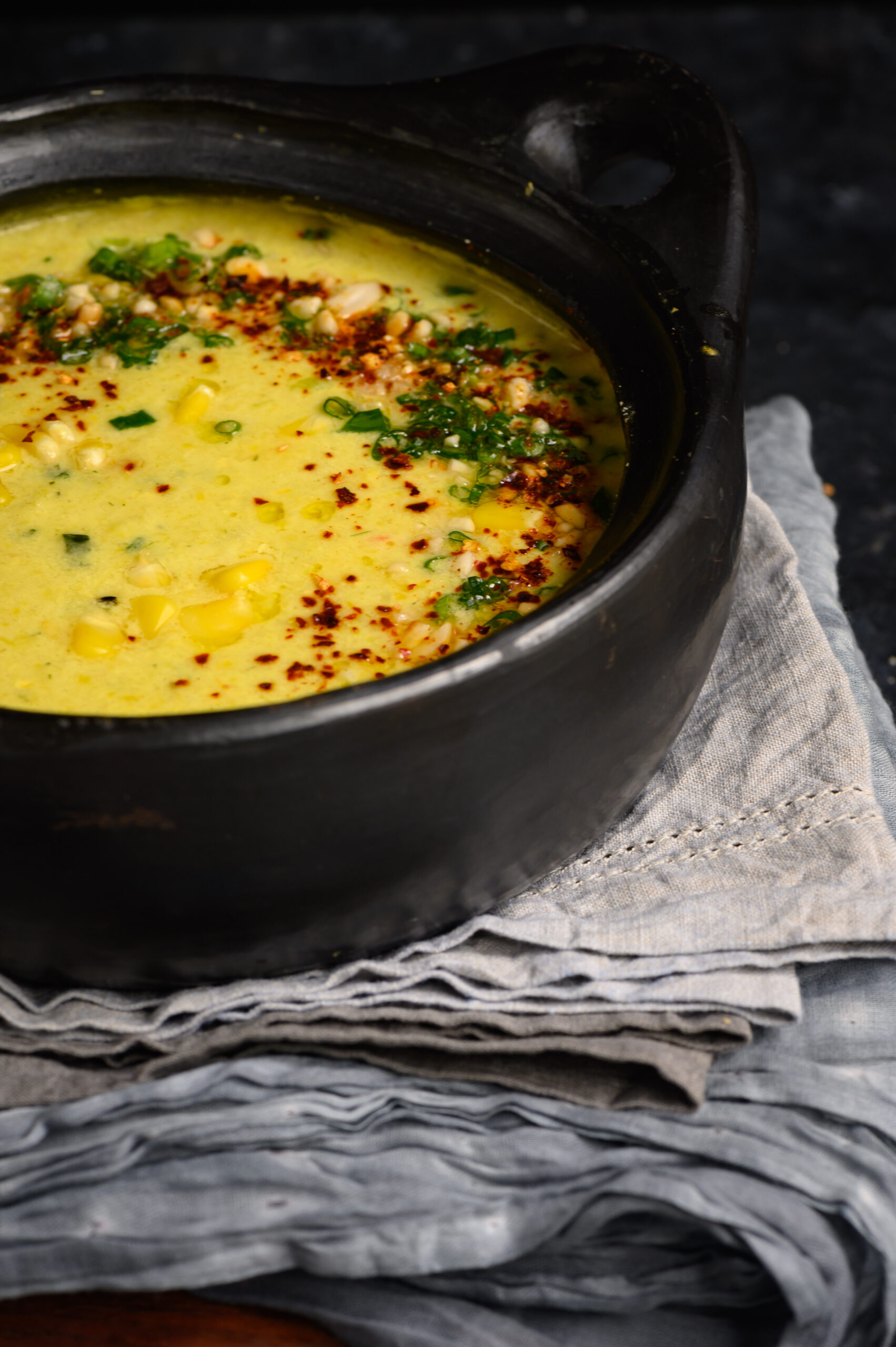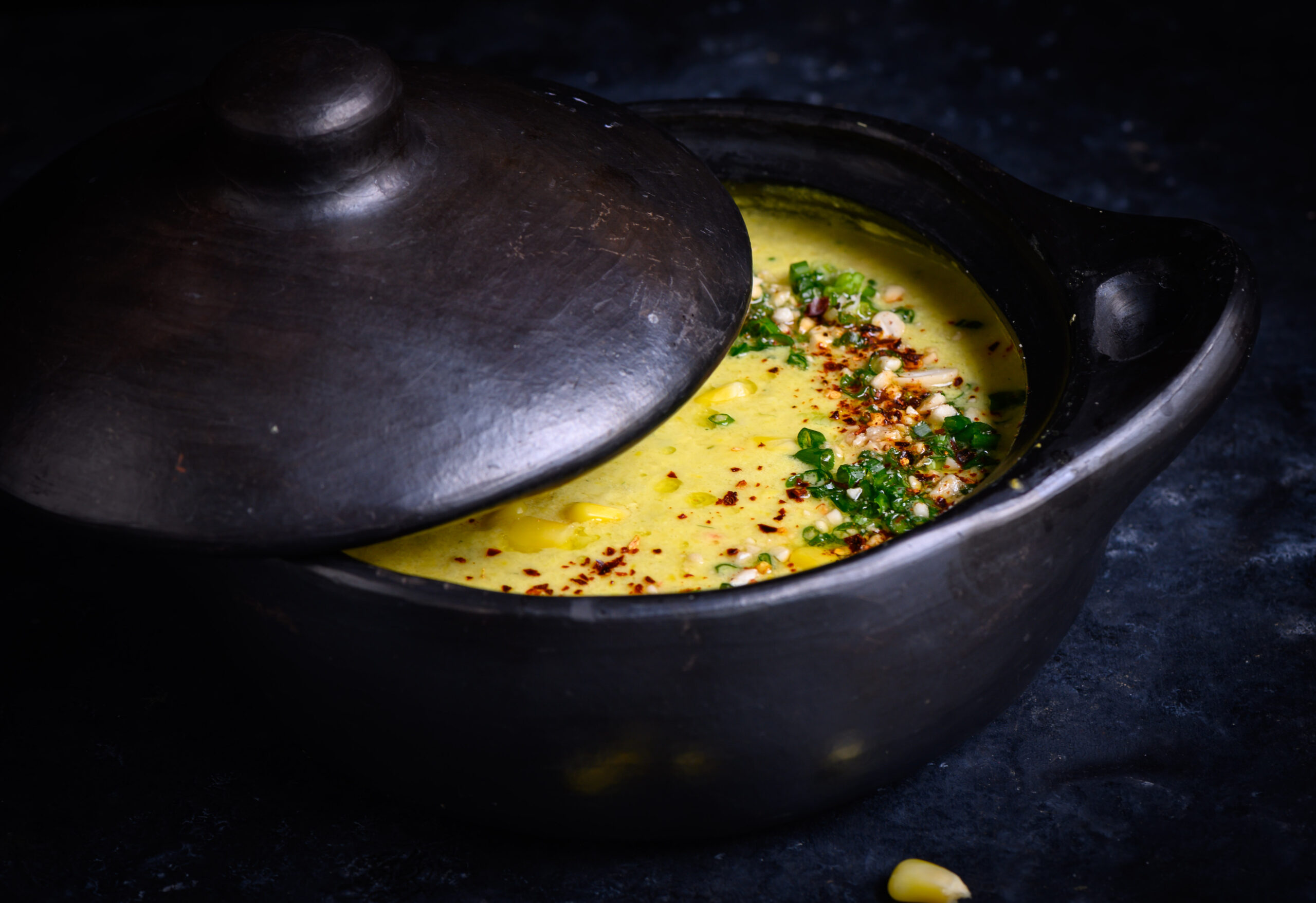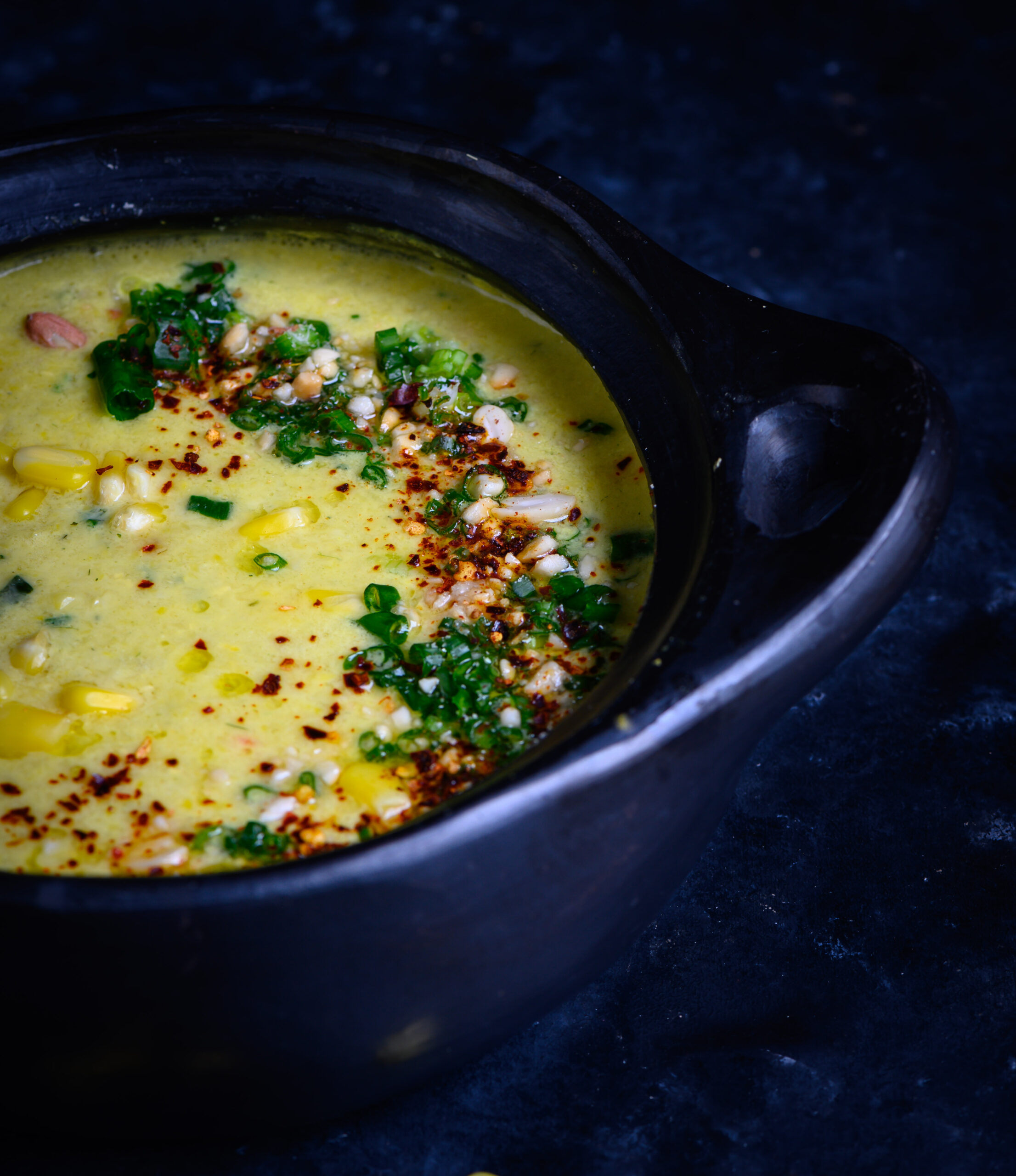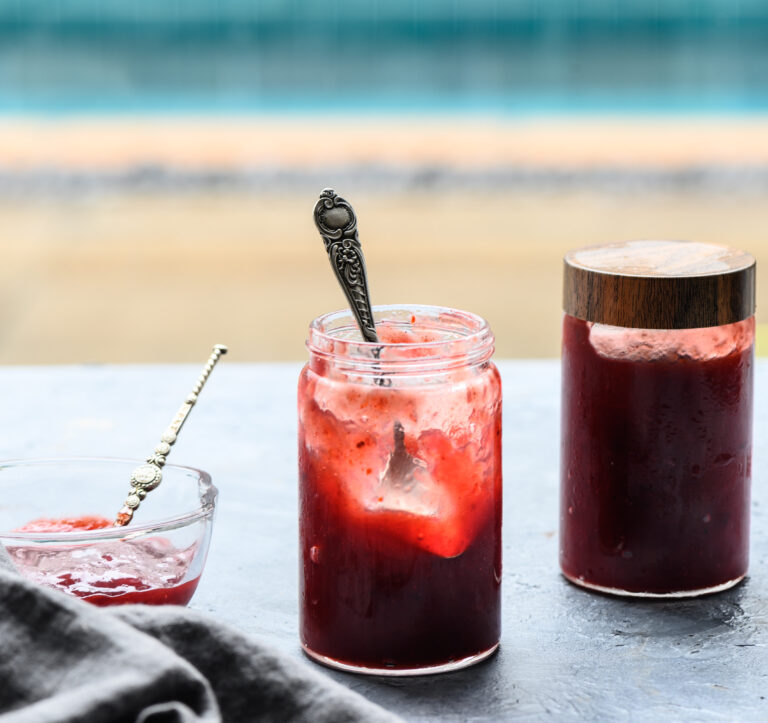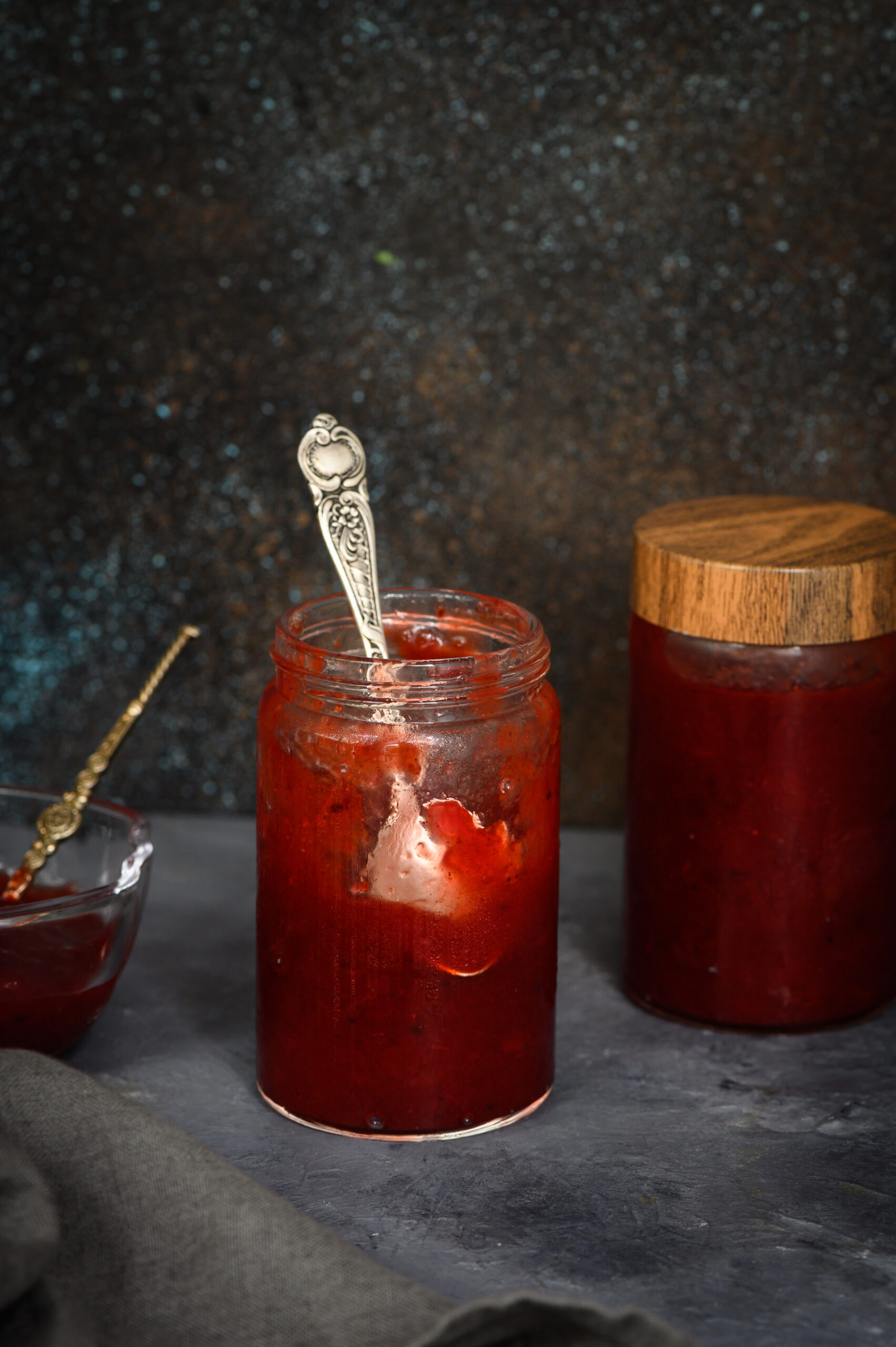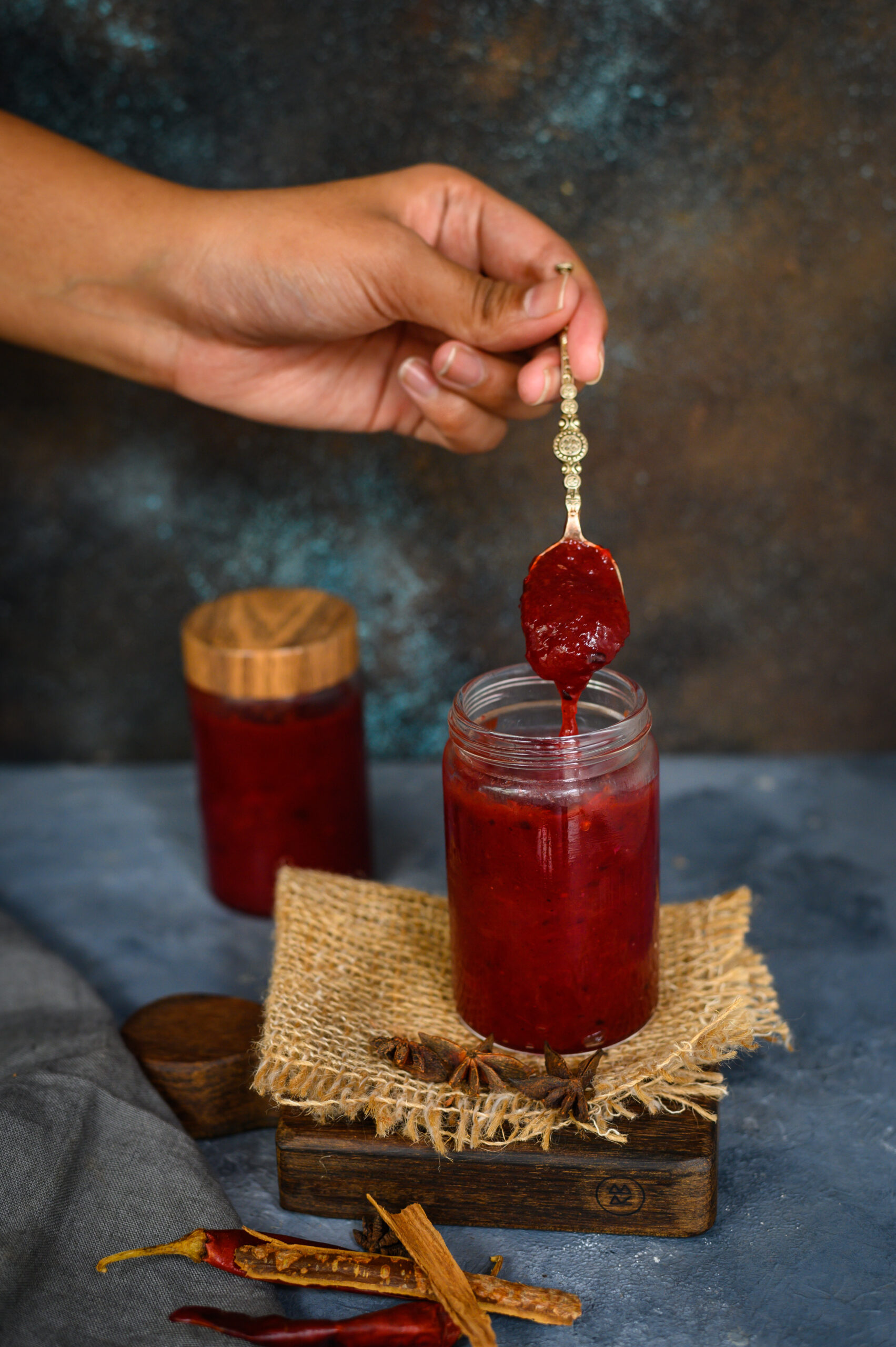I usually brainstorm my forthcoming posts ahead of time, thinking about everything from which ingredient will be in season to when I might be able to set up my photoshoots to upcoming special occasions, and much more. I had been keeping this refreshing citrus bundt cake in mind for later on, but the number of calls and personal messages I received after the last few cake posts have inspired me to bring it out ahead of schedule. Nothing puts a smile on people’s faces like a cake, and perhaps it’s no surprise that it seems like everyone is on a baking spree right now. This delicious cake will add to your repertoire beautifully.
You may remember my lemon poppy cake with Meyer lemons from a few years ago. This citrus bundt cake has similar flavours and uses the same pan shape too. The pans I use have been collected either from my travels, or because my friends always know that the best gifts for me are functional and beautiful objects that I can use in my kitchen.
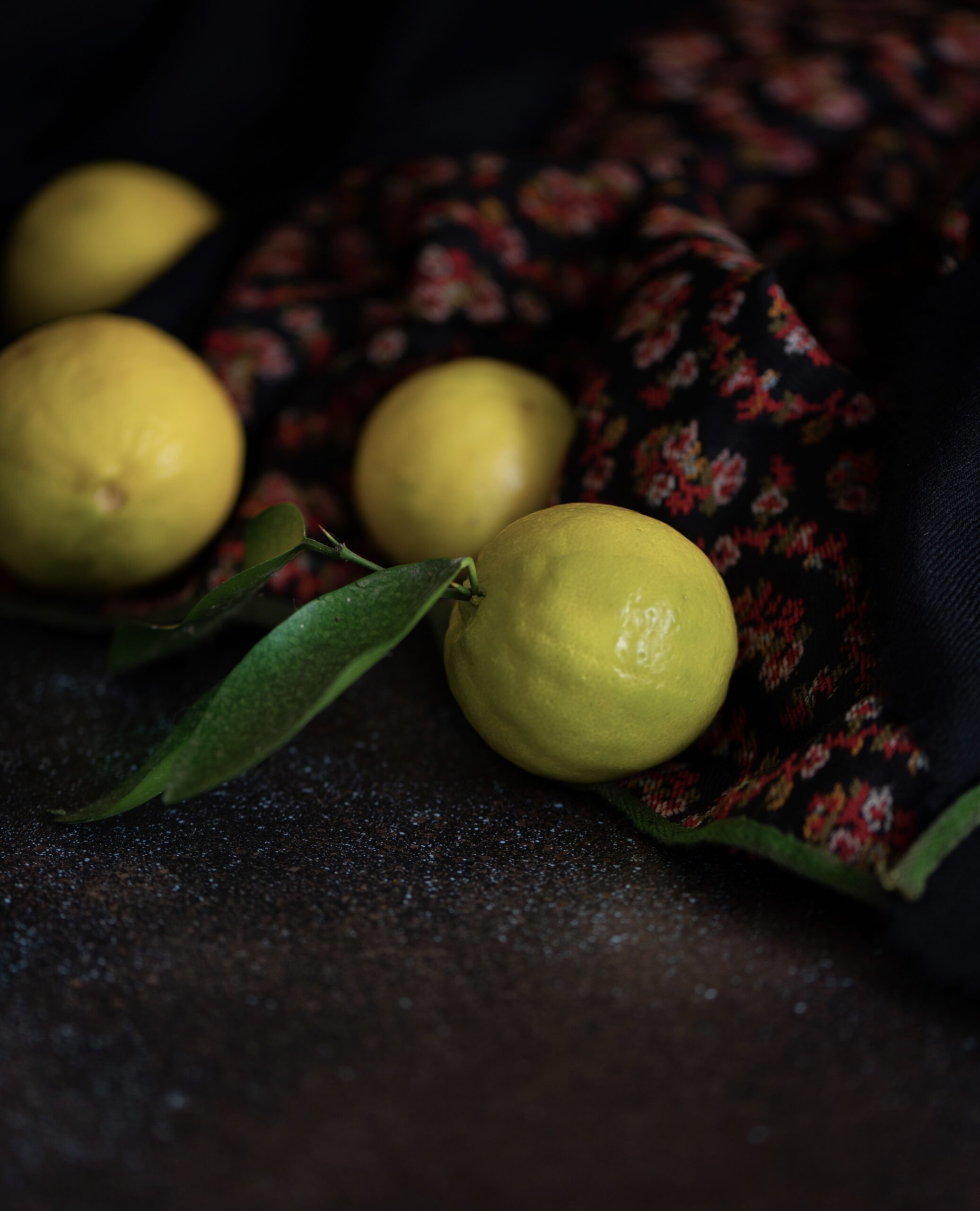
In this recipe, I used Indian limes, locally sourced of course, and you may wish to use oranges or lemons instead. You can play around with the citrus note based on what you have available in your pantry. I always have an eye on the health quotient of ingredients, and the boost of vitamin C, which replenishes the immune system, is most welcome at this time. Citrus fruits also have a way of livening up any meal because of their vibrant colours (using them in this recipe will not give you the same vivid hues, but the taste will amply make up for it), and it was a pleasure to shoot this cake – and just as much of a pleasure to bite into a slice. The attractiveness of the bundt shape, the delicious flavour and the nutritional value came together to represent hope and positivity to me, and I believe you’ll experience the same uplifting spirit when you take it out of the oven.
This period is giving so many of us an opportunity to do some of the things we always dreamt of pursuing but never really had the time to. We are exploring new possibilities. Most of us are discovering that we are actually very good at whatever we’ve been trying our hand at, because it comes from a place of passion, and is motivated by the desire to do something different that changes life for the better.
As we grow as people, learning new skills and exploring new talents, I feel that many of us are also realising just how much we have abused and polluted our planet. I’ve had so many conversations recently about exactly this, and I have faith that we will come together to make a kinder world. We’re learning the hard way, but understanding so much more now collectively that it will surely yield a brighter future.
Speaking of brightness, that’s exactly what a good bundt cake brings to the table. When my family and I, who are enjoying lockdown together, gather at 5 o’clock each evening for a chat and some tea, this lovely cake is the perfect response to our peckishness. By the way, speaking of the new experiments people are trying out reminds me – it’s my husband who’s frequently been making the tea these days!
When I took this warm cake out of the oven the other day, the whole house had the lovely fragrance of lime lingering everywhere. While the cake cooled, every member of my family chipped in to help in some way. My husband put a pot of tea on the stove, my daughter modelled and posed for my photoshoot, and my son started the cleaning up. My dog Max, of course, was all over the place as usual, eager for cuddles (and a bite of cake, if we weren’t careful!). The beautiful, vibrant laburnum flowers – locally known as konrai – I was lucky to find to style my photos with also brightened the mood.
Like every meal we’ve eaten together in these weeks, this beautiful citrus bundt cake also brought us together. This very moist, very tender cake was a ray of sunshine, and affirmed the choice I’ve been making every day to make the very best of this time.
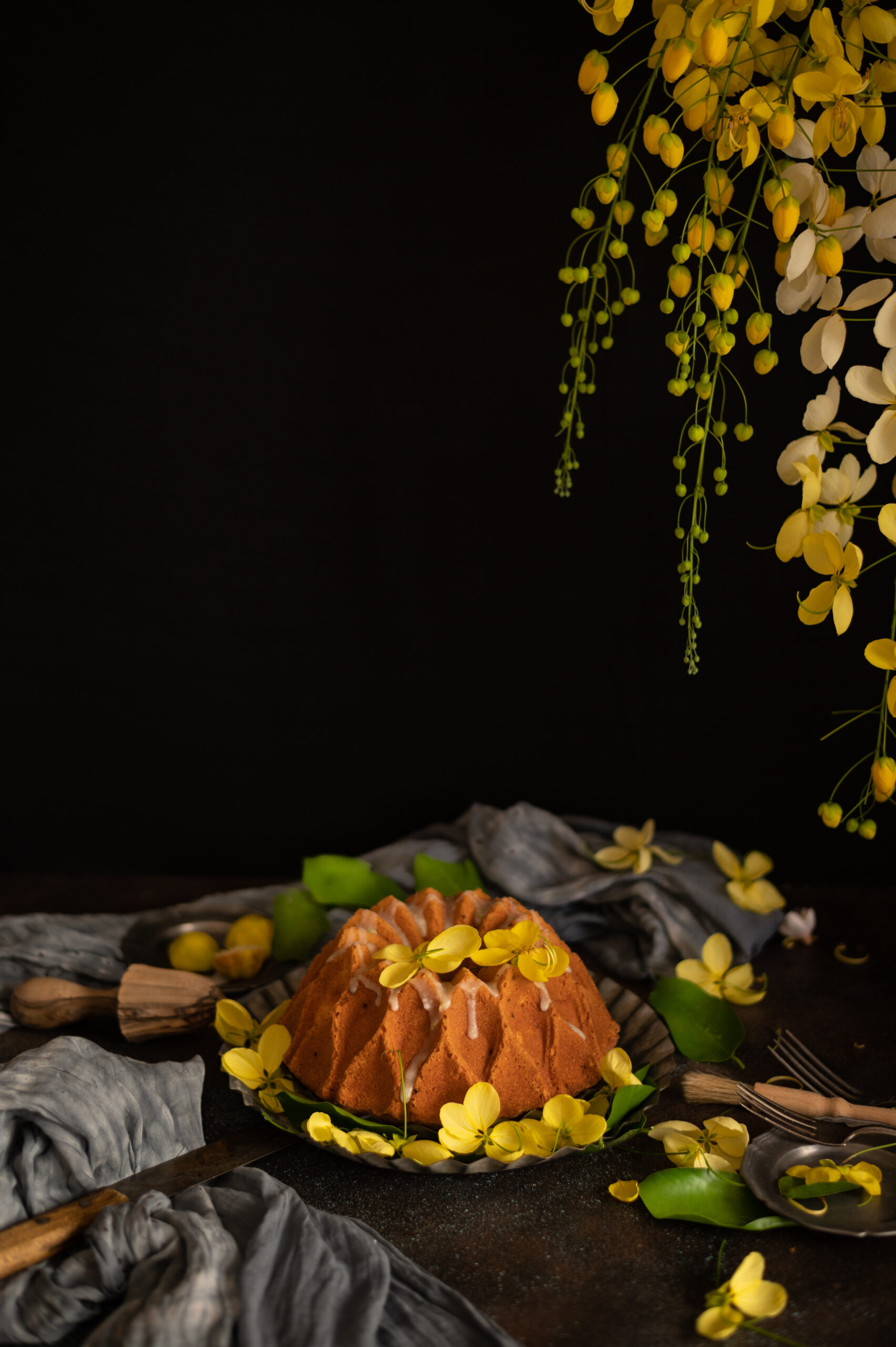
Citrus Bundt Cake
(Serves 5)
Ingredients:
2¾ cups all-purpose flour
2 cups granulated sugar
2 teaspoons baking powder
½ teaspoon salt
3 tablespoons cornflour
1 cup unsalted butter (at room temperature)
½ cup whole milk
¼ cup thick non-sour yoghurt
¼ cup freshly squeezed lime juice
4 eggs
2 tablespoons lime zest
1 teaspoon vanilla extract
Frosting:
1 cup icing sugar
1 teaspoon lime zest
3 teaspoons lime juice
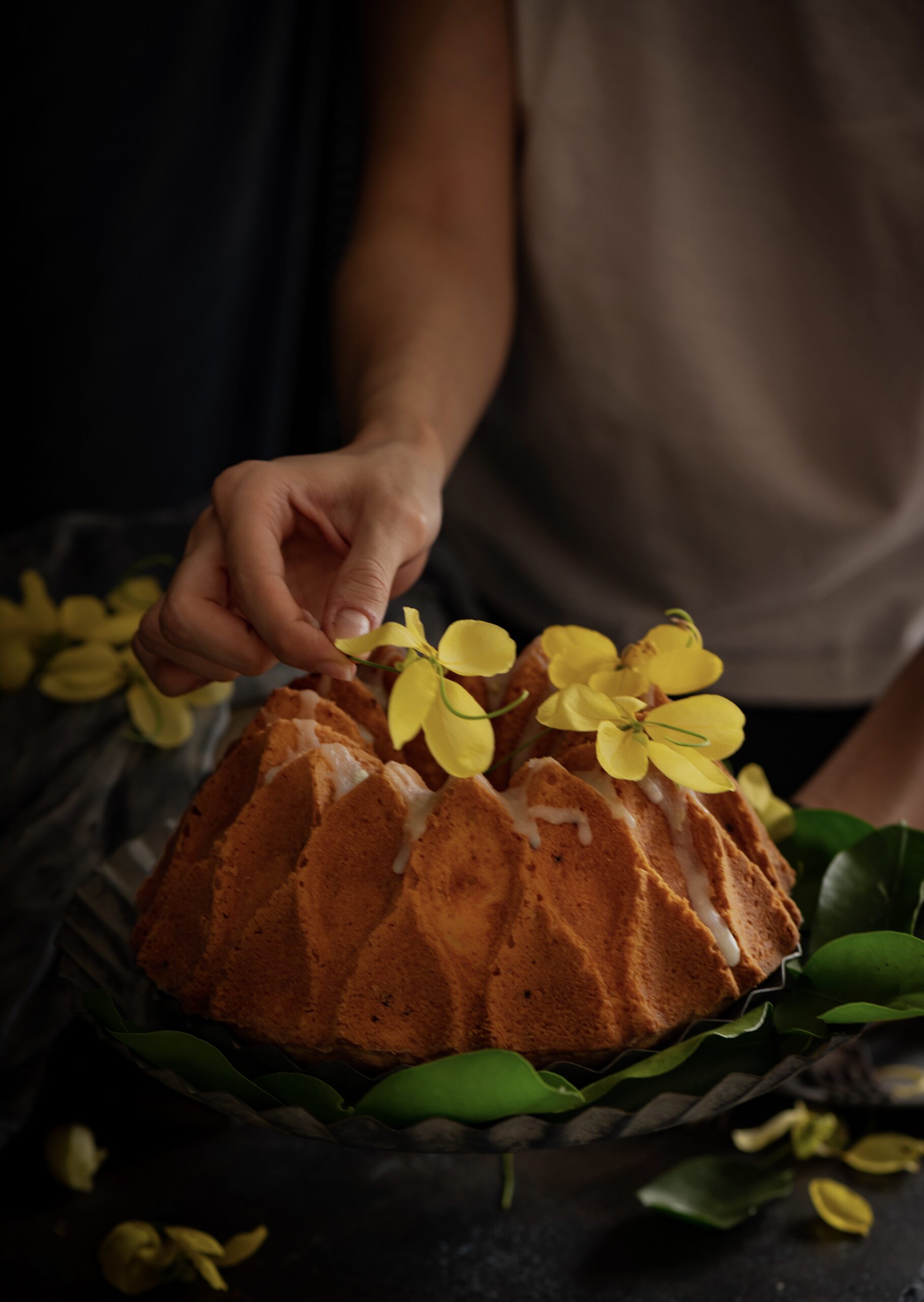
Before I begin sharing the method for making this cake, I thought I would share a few tips. I know that many of you have taken to baking for the first time, and certain things that experienced bakers take for granted haven’t yet become forces of habit for you. So here are some simple guidelines that will go a long way towards making sure that your kitchen experiments and studies turn out much more satisfyingly.
Firstly – always make sure that the baking powder and all other ingredients are fresh and have not crossed the expiry date. It’s best to use all ingredients at room temperature, unless otherwise specified.
Now, about the role of sifting when preparing the flour. Always sift all the dry ingredients together, unless otherwise specified. This will incorporate some air into the flour and gives you a second chance to remove unwanted ingredients. Sifting adds volume to your cake and makes it light and airy.
Creaming the butter and the sugar together has the same effect, incorporating air into the mixture so that you have a nice, fluffy cake. If done right, creaming will change the colour to an almost ivory shade.
Once wet ingredients are added, be careful to not over-mix. Doing so will increase gluten formation, which is not good for the cake.
Always measure quantities by adding the ingredients into a measuring cup. As a hygiene measure, do not dip the cup into the ingredient jar.
Preheating the oven before baking is important. If this step is skipped, the cake may not rise and may sink in the centre.
Always grease the baking tin and line it with parchment paper, as this helps to easily remove the cake when it’s done.
Always place the tin on the middle rack of the oven. This will ensure that heat is evenly distributed over both the top and the bottom of the cake.
To ensure that your cake is baked to perfection, there’s a simple test that all bakers use. Insert a skewer and pull it out. If it comes out clean, the cake is done. If it comes out with clumps, it needs to bake for longer. Another sign of a cake being finished is that you may notice it receding from the sides of the tin. Finally, when you press the top of the cake gently, it should spring back.
It’s best to leave a cake in its tin to cool once out of the oven. This will take about 15 minutes. Then, turn it onto a cooling rack.
Now that these basic-but-brilliant tips have been shared with you, I must stress once again (as I did here, in this recipe for classic chocolate cake) that baking is a science. Follow the method to a T and you won’t fail. Remember to have fun!
Shall we move on to the recipe for this citrus bundt cake?
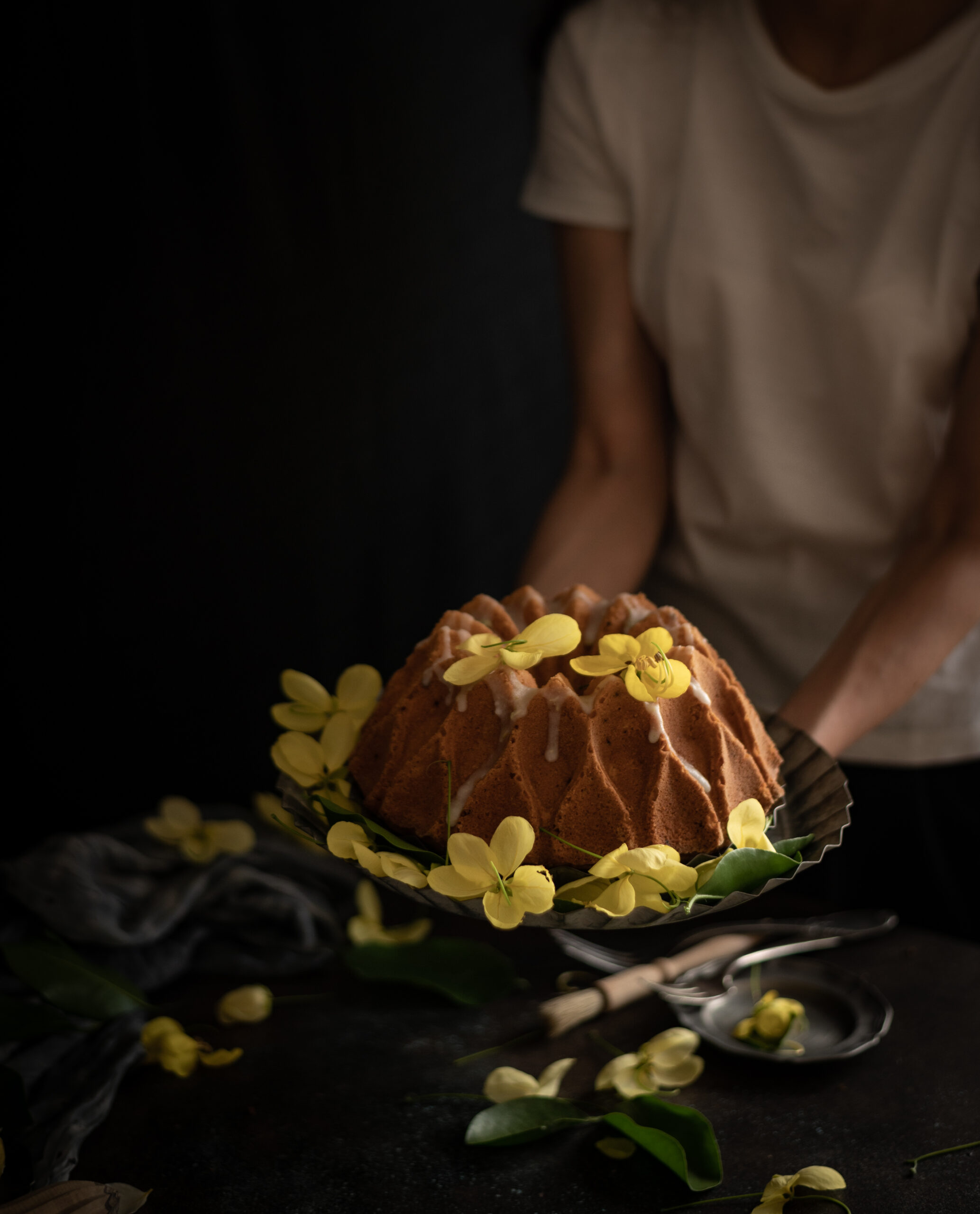
Preheat oven to 180°C.
Grease a bundt pan generously with butter and dust with flour. Refrigerate for about ½ hour. If you prefer using a regular cake tin, then use a 9” tin. Grease and line with parchment paper. You do not need to refrigerate this.
In a bowl, sift all the dry ingredients (except the sugar) together.
Put the butter in a bowl and cream it. To this, add the lemon zest and the sugar. Continue creaming the mixture. One at a time, add the eggs, making sure to incorporate each one well before adding the next.
In another bowl, add the lime juice and vanilla extract to the milk. Mix.
Now, slowly add the dry flour and the wet milk mixture into the creamed butter mixture, alternating each. Mix gently as you add. Once all the flour and the milk mixture have been included, add the thick non-sour yoghurt. Fold gently.
Pour this batter into the greased cake tin and bake for approximately 45 minutes.
Oven temperatures vary, so at 35 minutes, insert a skewer and do the test described earlier. As a rule of thumb, if the cake looks like it will jiggle if you move it, it needs more time.
Once baked, remove the pan from the oven and cool for 15 minutes. Then, turn the cake onto a wire rack.
Once the cake has completely cooled, mix the frosting ingredients together well. Pour this over the cake immediately.
Like all re:store cakes, this too is only very lightly sweet. The tanginess of the limes enlivens the tastebuds, and brings a boost of good energy your way. It can last a few days when stored in a refrigerator, and retains its moistness as well. Remember that you may use any citrus fruit that you please, and don’t let not having a bundt pan stop you from using a regular one. I’ve relied on my trusty local limes, which are used extensively in Indian cuisine. If you’re a fan of this zesty acidic fruit, you may also enjoy this rejuvenating drink that’s just perfect for the summer. Don’t forget to also check out this bounty of cake recipes I’ve shared on this blog, from this eggless whole-wheat saffron and cardamom cake to this exquisite vegan lavender cake and more!

